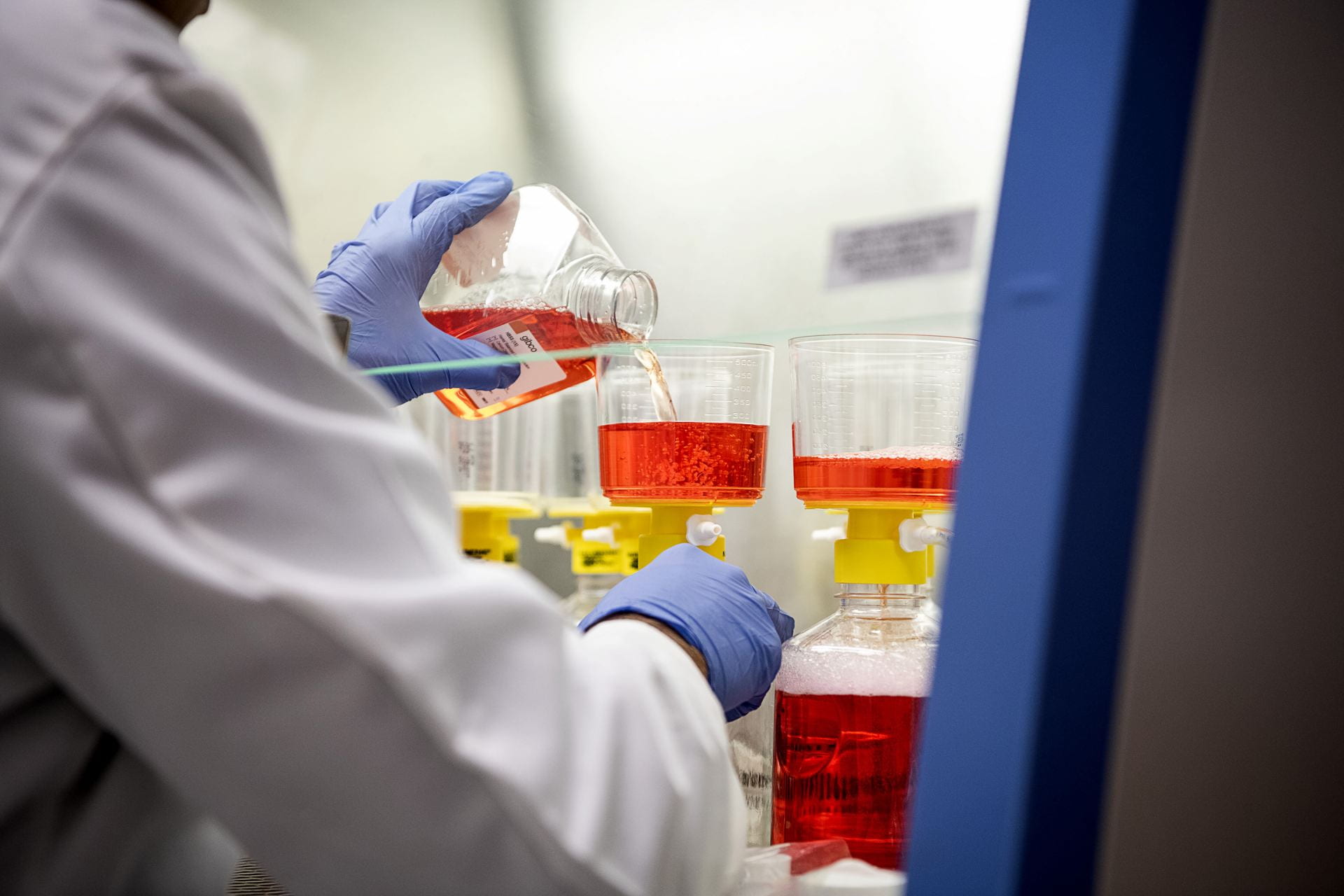
Ohio State exceeded $1 billion in research spending in 2021. Credit: Courtesy of the Wexner Medical Center
Ohio State funded $1.2 billion in research in 2021, a record-breaking amount for the university.
Grace Wang, executive vice president for research, innovation and knowledge, revealed the university’s research spending figure at the Board of Trustees Research, Innovation and Strategic Partnerships Committee meeting Wednesday.
Research at the university is funded through both internal and external sources. Most notably, federal research spending grew from $539 million in fiscal year 2020 to $581 million in fiscal year 2021, while the university’s institutional investment in research grew from $152 million to $404 million.
University President Kristina M. Johnson said the community benefits from every dollar the university funds in research.
“We’re one of the best research enterprises in the world, and we need to talk about that because it’s important and success breeds success,” Johnson said.
Wang said the increase in federal research dollars — up 7.7 percent in 2021 — results from the university’s research in artificial intelligence and other cutting-edge areas.
“’It’s driven a lot by computing data, artificial intelligence, machine learning and also the breakthroughs in life sciences,” Wang said.
According to a university press release, Ohio State received a $15 million grant from the National Science Foundation for the creation of the Imageomics Institute.
Wang said Johnson plans to double research and development funding in the next 10 years — aiming for an almost $2 billion investment.
Johnson said while much of the university’s research is internally funded, a large portion is funded by outside contributors.
Universities self-report research funding to the National Science Foundation’s Higher Education Research and Development survey. According to the release, the survey serves as a source on research and development spending at colleges and universities nationwide.
“We’re in the top five of doing research with industry in the country,” Johnson said.
Johnson said the university has undercounted research spending in previous years as a result of inefficiencies in the reporting system — a process that improved, becoming more accurate, in 2021 reporting.
Johnson said she expects the addition of two Intel chip factories near Columbus will create more opportunity for research spending in the coming years.
As part Intel’s factory construction in Columbus, the company pledged $100 million to develop partnerships with Ohio educational institutions over the next decade. According to a press release from the company, it hopes collaboration with Ohio universities and community colleges will “build a pipeline of talent and bolster research programs in the region.”
Intel stated this venture broadly aims to develop collaborative research projects and semiconductor-specific curricula for associate and undergraduate degree programs.
Wang said the Intel partnership with Ohio universities will set a precedent for corporate partnerships.
“It’s going to open many, many opportunities, so I think it’s really just the start of a great ecosystem for many decades to come,” Wang said.


